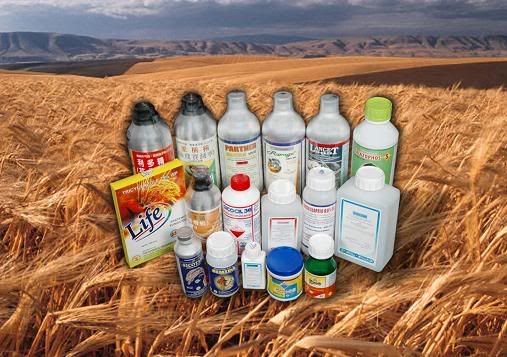
Contamination of food with residues of pesticides may result from the application of these chemicals in agriculture, industry or household. The number of organic pesticides in use is nearly 300 and this includes insecticides, miticides, nematocides, rodenticides, fungicides, and herbicides. The most likely compounds to appear as food contaminants are the insecticides of which there are two main classes, the chlorinated hydrocarbon insecticides and the organophosphorus insecticides.
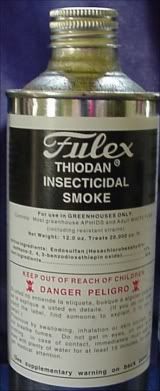
3 classes:
- oxygenated compounds
- benzenoid nonoxygenated compounds
- monoxygenated nonbenzoid compounds
2 properties:
- Stability which leads to persistence in the environment
- Solubility in fat which results in their deposition and accumulation in fatty tissues
Some structures:
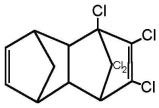
Aldrin
is a technical compound containing about 95% of the compound 1,2,3,4,10,10-hexachloro-1,4,4a,5,8,8a-hexahydro-exo-1,4-endo,5,8-dimethananonaphthalene. It has a molecular weight of 365, formula C₁₂H₈Cl₆O and contains 58% chlorine. Residues of this compound are converted into dieldrin by epoxidation.
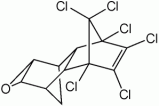
Dieldrin
contains about 85% of the compound 1,2,3,4,10,10-hexachloro-6,7-epoxy-1,4,4a,5,6,7,8,8a-octahydro-exo-1,4-endo-5,8-dimethanonaphthalene. Molecular weight 381, C₁₂H₈Cl₆, and contains 56% chlorine.

DDT
is a technical compound which contains about 70% of the active pp'-DDT.
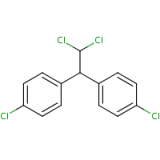
Rhothane(TDE)

Endosulfane
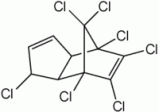
Heptachlor
contains about 75% of 1,4,5,6,7,10,10-heptachloro-4,7,8,9-tetrahydro-4,7-methyleneindene, C₁₀H₅Cl₇, with molecular weight 373.5 and containing 67% chlorine. In animal and plant tissues it epodizes to heptachor epoxide, which is analogous in structure to HEOD (dieldrin).
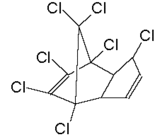
Heptachlor Epoxide
In animal products, chlorinated hydrocarbon residues would be predominantly present in the lipid portion. Tn plant materials, the residue of chlorinated hydrocarbons would be mostly on the surface bound or absorbed by waxy materials but some can be translocated to inner parts.
are inhibitors of chlorinesterase

Properties:
- Water soluble
- Volatile
creates less of a problem as food contaminants than the chlorinated hydrocarbons.
In animal products, organophosphates are present in both lipid and aqueous parts.
The organophosphorus insecticides may be subject to oxidation, hydrolysis and demethylation. Thiophosphates may be changed to sulfoxides and sulfones in animals and plants.



Extensive research has demonstrated that processing methods such as washing, blanching, heating and canning may remove large proportions of pesticide residues.
An example of the removal of DDT and Carbaryl from vegetables by washing, blanching and canning is shown below.
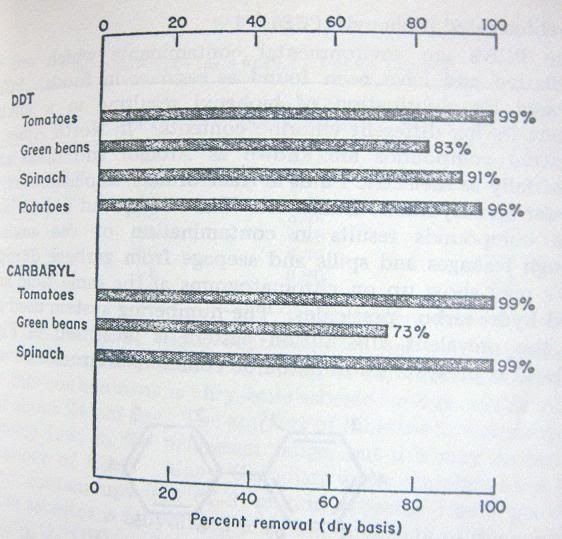

0 comments:
Post a Comment